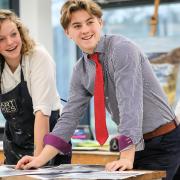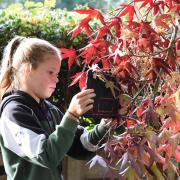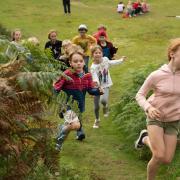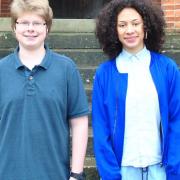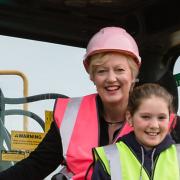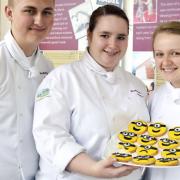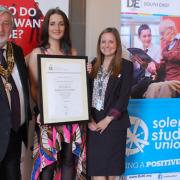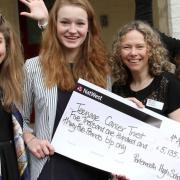How can you prepare for a career that hasn’t yet been invented? Bruce Waymark, Deputy Head, Academic, explains below.
The path from education to work used to be an easily recognisable and well-trod route. Go to school, leave school, find work locally, or go to university first. Jobs and careers were stable, established, and often for life.
For most children and young adults that path, whilst still there, has become riddled with changes, diversions, new additions, or closed exits. Technology and globalisation has transformed the workplace, the way we lead our lives, and the types of careers available. The labour market is in constant change. The World Economic Forum list of jobs that did not exist in 2006 include: Social Media Manager, Driverless Car Engineer, Cloud Computing Specialist, Data Scientist, Sustainability Manager, and Millennial Generational Expert. Advances in industries such as robotics, artificial intelligence, biotechnology, and genomics further add to the mix leading the WEF to estimate that 65% of children entering school today will ultimately end up working in jobs and industries not yet on our radars.
So how can schools and education hope to be able to prepare students for these jobs and careers that are not even known about? Schools must aim to invest not only in the technology they use to deliver their curriculum, but also the opportunities that allow children to be creative, to explore, and to discover their own untapped strengths and interests.
At King Edward VI School, Southampton, pupils can not only study subjects such as Computer Science, Graphic Design, and Economics, but all pupils are encouraged to enhance their learning through one-to-one technology. Introduced as a compulsory learning aid to our pupils six years ago, it has not replaced any traditional forms of learning (pens, papers, books, and essays are still there!), rather it has added to the tools available for both teacher and learner. By allowing collaborative projects and research to take place both inside and out of the classroom, pupils are able to pool ideas, or draw upon information from a variety of sources and locations.
The co-curricular life of the school has also grown and adapted to accommodate the shifting skills needed by pupils as they prepare to leave secondary education. We have a drone club, a robotics group, a sustainability group, a coding club, a digital leaders group, the ‘green team’, and even a Greenpower racing team who compete in a car they have designed themselves. If schools can invest in and provide opportunities for pupils to develop their understanding and interest in these areas beyond the classroom, they can help children foster their own intellectual curiosity to develop the as yet unknown skills for a work place that doesn’t yet exist.
Similarly schools must not forget or move away from the creative arts. The encouragement to participate in art, drama, music along with the participation in activities beneficial to the local and wider community such as charity work, encourage pupils to explore not only their own learning, but their place in an ever changing global society.




